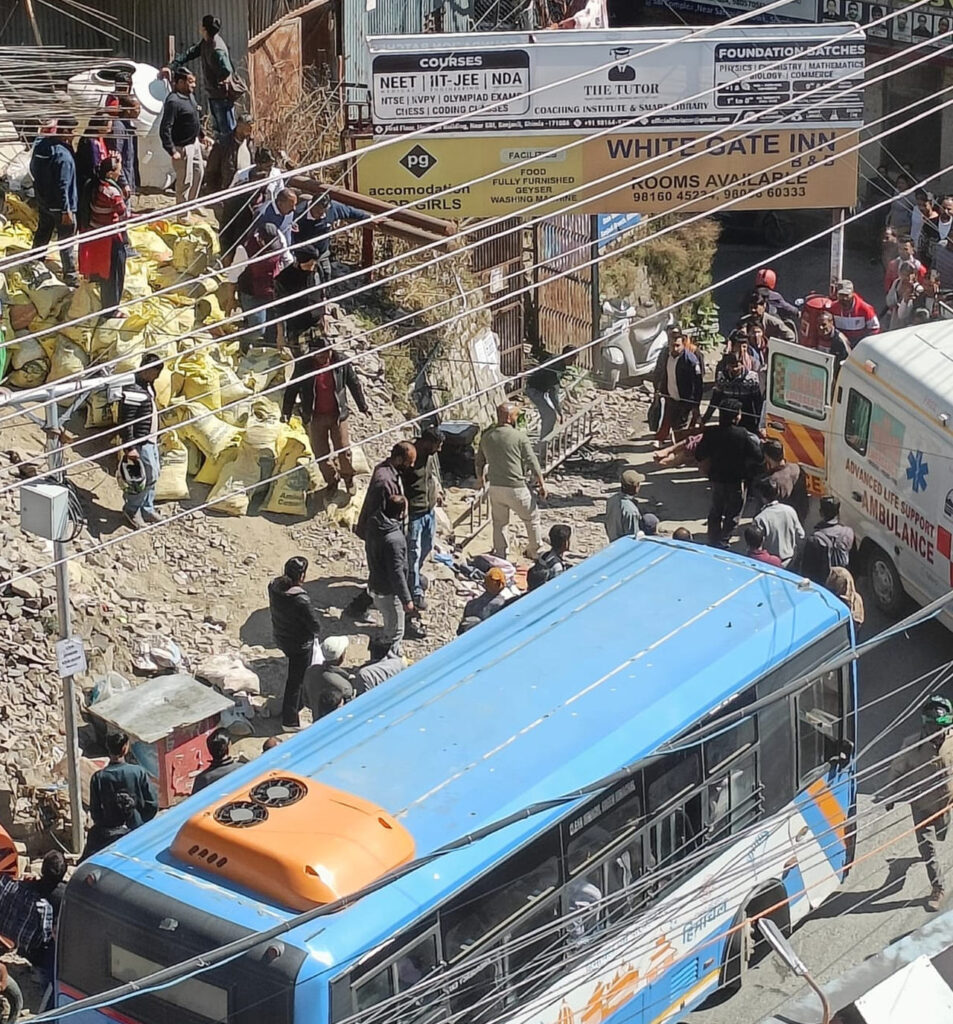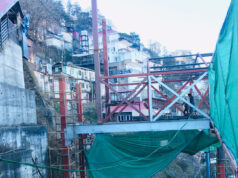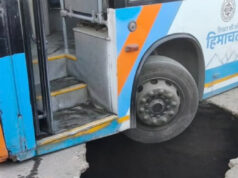
In the heart of Shimla, amidst the tranquil beauty of the Himalayas, a battle rages on. But this battle is not fought against nature’s whims or the challenges of urbanization. No, this battle is against an insidious foe that threatens to tarnish the very essence of Shimla’s charm: tangled wires.
From the iconic landmarks of Mall Road to the serene lanes of Summer Hill, Shimla’s skyline is marred by a chaotic network of wires, casting a dark shadow over its once-pristine beauty. The Queen of Hills, renowned for its breathtaking vistas and colonial architecture, now finds itself besieged by an onslaught of electrical eyesores.
In every nook and corner of the city, from Tutu to Sanjauli, from Bharari to Kasumpti, the story remains the same: a tangled mess of wires adorning rooftops, poles, and facades. These wires, remnants of a haphazard approach to development, serve as a constant reminder of Shimla’s descent into visual pollution.
Most strikingly, it’s not just the wires of telecom companies and cable networks, but also those of electricity that contribute significantly to this visual chaos. While telecommunication lines may share the blame, the sheer proliferation of electrical wires exacerbates the problem manifold. Each wire tells a story of neglect and disregard for the city’s aesthetic appeal.
Despite the billions poured into the Smart City Mission, little has been done to address this pressing issue. While grandiose projects may have dotted the landscape with iron footpaths, they have done little to alleviate the blight of wire woe that plagues the city. Instead, Shimla’s streets resemble a battleground, strewn with the casualties of neglect and indifference.
Telecom giants, driven by the need for connectivity, have laid siege to Shimla’s skyline, leaving behind a legacy of chaos and clutter. Old wires are abandoned in favour of new ones, exacerbating the problem and perpetuating a cycle of visual degradation. The result is a cityscape engulfed in a web of wires, suffocating under the weight of its own progress.
For residents and visitors alike, navigating through this labyrinth of wires is a daunting task, robbing them of the opportunity to fully appreciate Shimla’s natural beauty. The city’s historic charm is overshadowed by the unsightly spectacle above, leaving tourists disillusioned and residents disheartened.
Mayor Surender Chauhan’s recent pledge to tackle this issue is a welcome step in the right direction. However, words alone will not suffice. Concrete action is needed to untangle Shimla from the grip of wire woe and restore its visual splendour.
It is time for municipal authorities, electricity departments and telecom companies to rise to the occasion and take responsibility for their role in perpetuating visual pollution. The residents of Shimla deserve better – they deserve a city that reflects the beauty of its surroundings and honours its rich heritage.
As Shimla’s fight against electrical eyesores intensifies, the stakes could not be higher. The soul of the city hangs in the balance, teetering on the brink of irreparable damage. Only through collective effort and unwavering determination can Shimla emerge victorious in this battle against wire woe.
The time for action is now. The future of Shimla depends on it.













